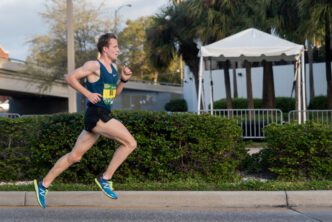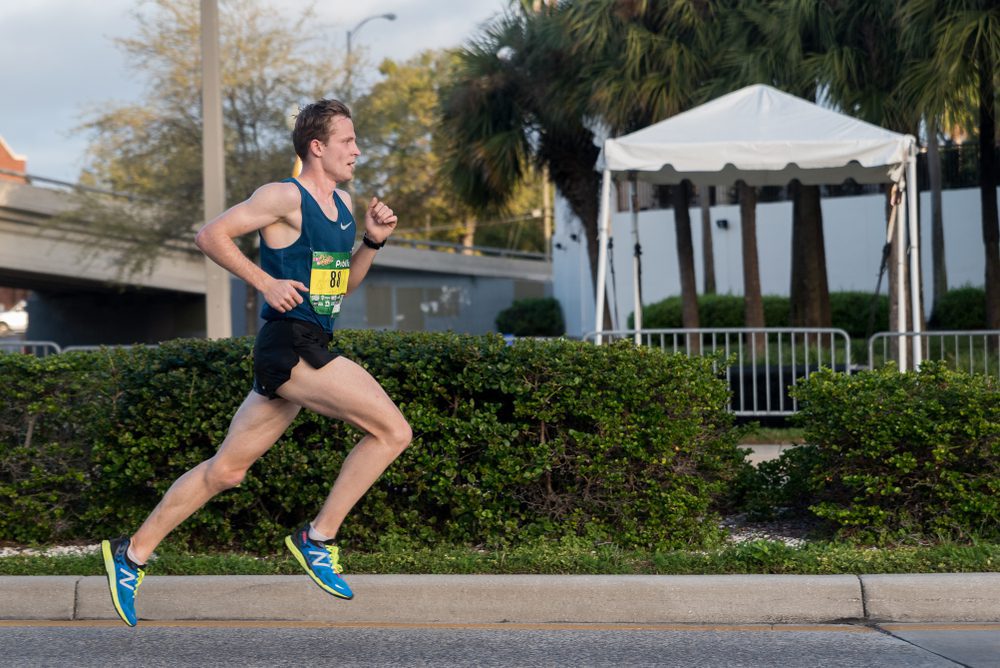A Quick Takeaway
The Story Behind the Trend
How to Make It Work for You
The Community View
Conquering a Tampa Spartan Race or Tough Mudder demands a strategic, multifaceted training approach designed to build endurance, strength, and mental grit, ensuring participants are fully prepared for the unique challenges of mud, obstacles, and the Florida climate. This guide will outline how to effectively train for these demanding obstacle course races, focusing on developing the physical and mental resilience required to not just finish, but thrive, when navigating the course’s varied terrain and punishing obstacles. Whether you’re a seasoned racer or a first-timer, understanding the specific demands and tailoring your preparation accordingly is key to a successful and enjoyable experience.
Understanding the Challenge
Spartan Races and Tough Mudders are not merely runs; they are comprehensive tests of physical and mental endurance, combining cardiovascular stamina with functional strength, agility, and problem-solving. These events feature diverse obstacles ranging from wall climbs and rope traverses to heavy carries and mud crawls, all designed to push participants to their limits. The specific challenges of a Tampa event, including potential heat, humidity, and varied terrain, add another layer of complexity to preparation.
Success in these races hinges on a well-rounded fitness regimen that addresses all these components. Neglecting any one area can significantly impact performance and enjoyment on race day. A holistic approach ensures you are prepared for whatever the course throws at you.
Building a Solid Foundation: Cardiovascular Endurance
Running is fundamental to both Spartan Races and Tough Mudders, as you’ll cover significant distances between obstacles. Your training must prioritize building a strong aerobic base. This means incorporating a variety of running workouts into your routine.
Include long, steady-state runs to build endurance, progressing in distance over time. Also, integrate interval training, such as sprints or hill repeats, to improve your speed and VO2 max, which will be crucial for bursts of effort around obstacles. Trail running, if accessible, is highly beneficial for adapting to uneven terrain and developing ankle stability, mimicking race conditions more closely.
Developing Functional Strength
Obstacle course races require more than just raw strength; they demand functional strength that translates to real-world movements like climbing, crawling, lifting, and carrying. Your strength training should focus on compound exercises that work multiple muscle groups simultaneously.
Upper Body and Core Power
Pull-ups, chin-ups, and inverted rows are essential for climbing over walls and ropes. Incorporate push-ups, dips, and overhead presses to build pushing strength. A strong core is vital for stability, balance, and preventing injury, so include planks, Russian twists, and hanging leg raises in your routine.
Lower Body Resilience
Squats, lunges, and deadlifts are paramount for developing powerful legs and glutes, necessary for navigating hills, carrying heavy objects, and explosive movements. Box jumps and step-ups can improve power and agility, helping you clear obstacles with ease. Remember that strong legs also contribute significantly to overall running endurance.
Mastering Grip Strength
Grip strength is often the limiting factor for many participants in obstacle course races. Without a strong grip, even the fittest individuals can struggle with monkey bars, rope climbs, and various carrying obstacles. Dedicate specific time to improving this crucial component.
Incorporate exercises like dead hangs, farmer’s carries (walking with heavy dumbbells or kettlebells), and towel hangs. You can also practice holding onto a pull-up bar for extended periods or using a thicker grip attachment to challenge your forearms. Rock climbing or bouldering can be an excellent cross-training activity for developing superior grip and upper body strength.
Obstacle-Specific Drills
While you might not have access to exact replicas of race obstacles, you can simulate many of their demands. Practice burpees regularly, as Spartan Races enforce a burpee penalty for failed obstacles. Crawling under low barriers or through mud can be mimicked by bear crawls or army crawls.
For carrying obstacles, practice walking with sandbags, buckets of water, or heavy dumbbells for distance. Jumping over various heights and practicing dynamic movements will prepare you for hurdles and agility tests. Get comfortable with getting dirty and wet during training to reduce the shock on race day.
Cultivating Mental Fortitude
Obstacle course races are as much a mental challenge as they are physical. The ability to push through discomfort, overcome fear, and maintain a positive attitude is critical. Incorporate mental toughness training into your routine.
This can include pushing yourself during difficult workouts, practicing visualization of successfully completing obstacles, and training in adverse conditions like rain or cold (though for Tampa, heat and humidity are more likely). Embracing discomfort in training will build the resilience needed to persevere on race day.
Nutrition, Hydration, and Recovery
Your body needs proper fuel to perform and recover. Focus on a balanced diet rich in whole foods, lean proteins, complex carbohydrates, and healthy fats. Experiment with your race-day nutrition and hydration strategy during long training sessions to find what works best for your body.
Hydration is especially crucial in Tampa’s warm climate. Start hydrating days before the race, and carry water or electrolyte drinks during training. Adequate sleep and active recovery, such as stretching, foam rolling, and light walks, are non-negotiable for muscle repair and preventing overtraining injuries.
Race Day Strategy and Tampa Specifics
Plan your race day strategy well in advance. Arrive early, warm up thoroughly, and know the course layout if possible. Pacing is key; don’t go out too fast and burn out before the toughest obstacles. Conserve energy where you can, and tackle obstacles with confidence and technique.
For Tampa, be prepared for heat and humidity. Wear lightweight, moisture-wicking clothing, and consider a hat for sun protection. Stay hydrated throughout the race, taking advantage of aid stations. The terrain might include sandy sections, loose dirt, and potentially slippery mud, so choose appropriate footwear with good traction.
Your Path to the Finish Line
Training for a Tampa Spartan Race or Tough Mudder is a rewarding journey that builds not just physical prowess but also mental resilience. By combining consistent cardiovascular work, functional strength training, specific grip exercises, and mental preparation, you will be well-equipped to conquer every obstacle. Remember to listen to your body, prioritize recovery, and embrace the challenge with enthusiasm. The mud and obstacles await, and with dedicated preparation, you’ll cross that finish line victorious.







